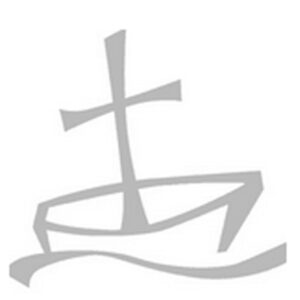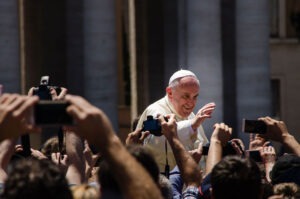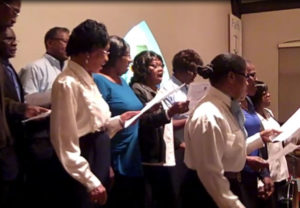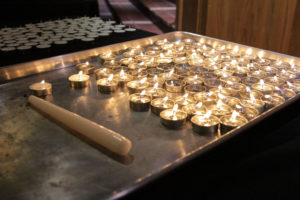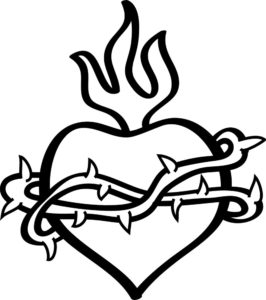May 11, 2016; Washington Post
Eight months after the Boston Globe’s powerful investigation into the Boston archdiocese’s cover up of sexual abuse within the Church in 2002, the Baltimore archdiocese published a list of 57 priests who had been accused of abuse. The archdiocese was among the first in the country to do so. Now, the Baltimore diocese has updated its list to 71 priests, and advocates are taking notice.
The original list from 2002 was never meant to be final or permanent, said Archdiocese officials. At the time the list was originally published, Cardinal William H. Keeler said such abuse of children at the hands of priest was “the spiritual equivalent of murder.”
The list from 2002 has been expanded to now include 14 individuals who committed crimes and were accused after 2002. As noted on the site, this list does not include members of the clergy who were accused after their deaths, nor does it include individuals for whom the facts upon investigation did not confirm the accusations.
“The primary motivation in publicly disclosing an allegation is to encourage anyone else who may have been a victim of that individual to come forward,” said archdiocese spokesman Sean Caine. “We’ve heard from victim-survivors that one main obstacle is the sense that they’re alone. They’re the only one. They won’t be believed.”
The archdiocese also includes a paragraph explaining the accusations and charges that were brought against each accused. However, a visitor to the site needs to hover their cursor over a name in order to see the paragraph, and the paragraph only appears on screen for a matter of seconds. Moreover, interestingly, the Archdiocese made this list public in January but did not publicize it at all. The Baltimore Sun only reported on the updated list this past Monday, with other news outlets following suit. According to Caine, the list was not publicized because it did not include any names of priests who had not already been publically identified in accusations.
Sign up for our free newsletters
Subscribe to NPQ's newsletters to have our top stories delivered directly to your inbox.
By signing up, you agree to our privacy policy and terms of use, and to receive messages from NPQ and our partners.
Still, many agree this list is a “victory” for activists and victims—at the very least, a symbolic one. Having the names of each credibly accused priest in the Archdiocese and their accusations in one place is particularly powerful for victims. Those who did not publically accuse their offenders are now able to search the list and find comfort in seeing others who have endured similar trials. Perhaps more importantly, the public list is an acknowledgement of their victimization and abuse. “We’ve wanted it a long time,” said David Lorenz, the Maryland director of the Survivors Network of those Abused by Priests. “We’ve asked every diocese around the country to do it.”
“There are various ways in which the Church has over the years really limited everyone’s knowledge of this, and survivors are very, very aware of that. And when the Church finally says, okay, we’re not doing that anymore, that is a huge relief. It really lifts a terrible burden,” said the president of BishopAccountability.org, Terence McKiernan. The organization encourages dioceses to name accused priests, but estimates only 31 out of the 170 dioceses in the country do so.
On the other hand, Thomas J. Reese, a Jesuit priest and an analyst for the National Catholic Reporter, an independent news source with a religious focus, is critical of such lists because some of the accused have not been convicted of any crime. “No matter how often you say ‘accused,’” said Reese, “as far as the public is concerned, these people are guilty.”
Although Reese has reservations about such lists, he does admit they can prove remedial for victims. “To have their abuse acknowledged and recognized by the church and apologized for is extremely important for them in their healing process.”
This January, the Archdiocese of Seattle posted a list of 77 members of clergy who have been accused of sexual abuse. In March, the Diocese of Altoona-Johnstown in Pennsylvania published a list of 27 accused clergymen, although more than 50 were named in a grand jury report into the diocese, as we reported. In part, it may have behooved the Baltimore archdiocese to publicize its updated list because it’s setting an important example for other dioceses. Not only did it post the list in 2002, but also it has remained committed to updating it for the benefit of the victims.
“A lot of bishops are really reluctant to do this,” said Reese. “It’s very significant because [Baltimore Archbishop William E. Lori] is very highly respected by other bishops, so if he did it, it certainly would give other bishops the courage to follow his example.”—Shafaq Hasan


